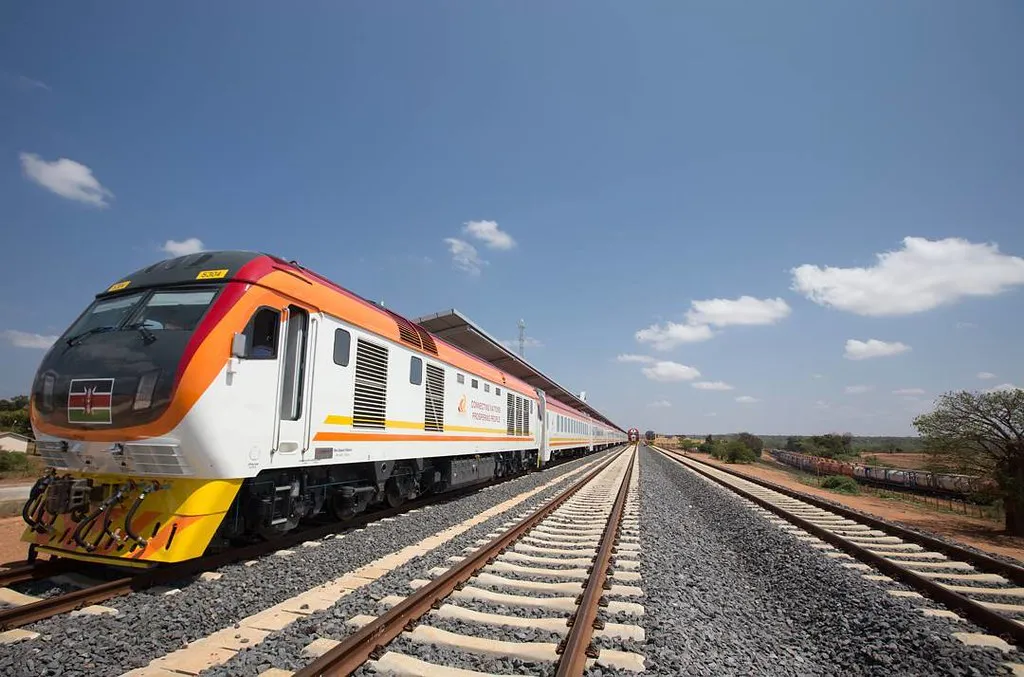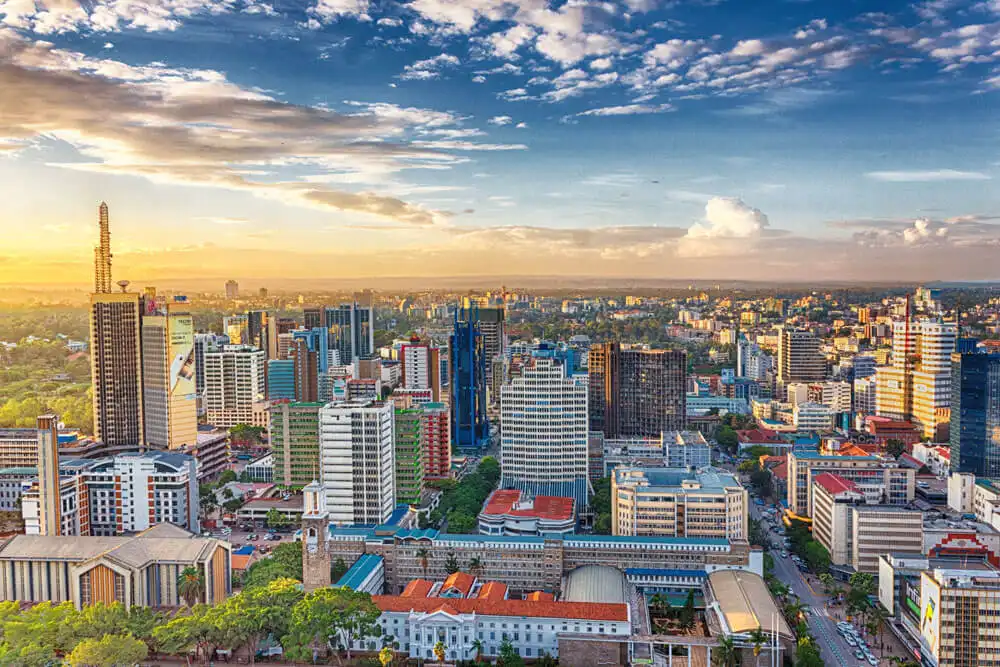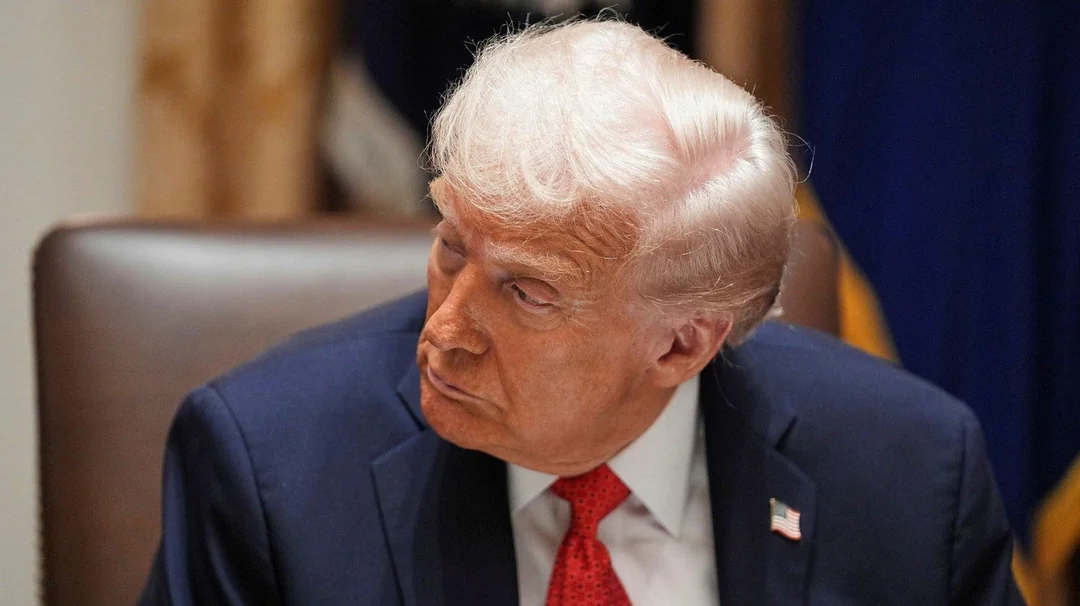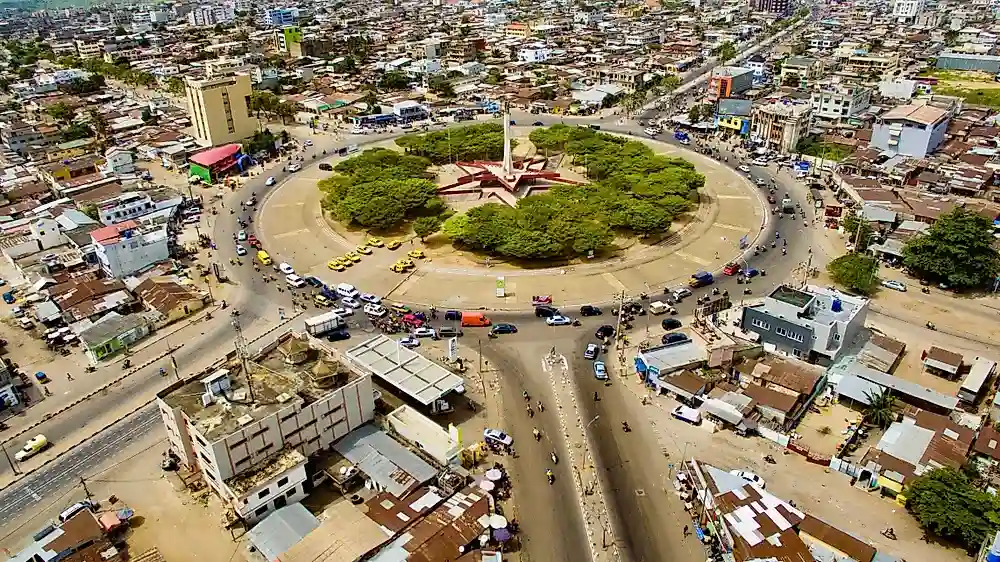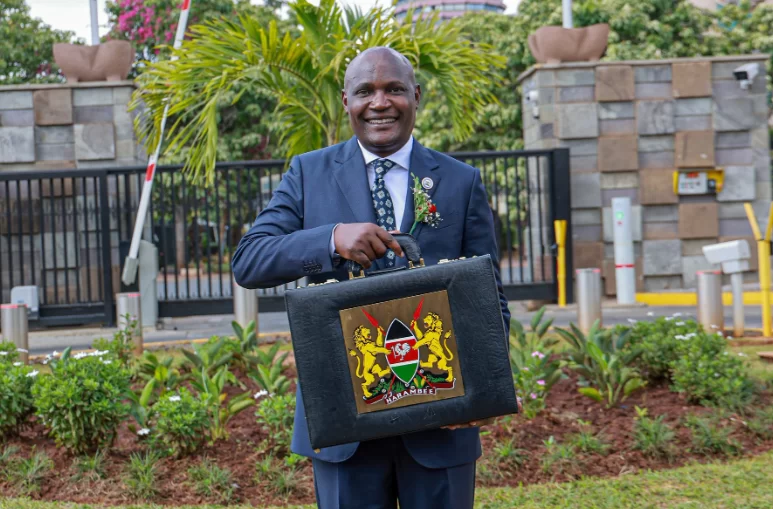Kenya has taken a bold and strategic step toward completing its Standard Gauge Railway (SGR) network to the Ugandan border town of Malaba — a move that could redefine the country’s economic geography and shift the narrative on infrastructure financing in East Africa.
Following President William Ruto’s recent visit to Beijing and high-level talks with Chinese President Xi Jinping, both governments signed a landmark agreement on the financing and construction of the final phase of the SGR line. What makes this deal significant is not just its ambition, but the financing model it introduces — one that promises sustainability, inclusivity, and a stronger partnership ethos than previous arrangements.
A New Model of Financing
The newly negotiated framework adopts a pragmatic mixed-financing model that reflects Kenya’s growing awareness of debt sustainability and the evolving global norms in development finance. Under the terms of the agreement, Kenya will shoulder up to 30 percent of the cost, with an additional 40 percent mobilized through a joint commercial partnership between Kenyan and Chinese banks. The remaining 30 percent will be provided by the Chinese government as a concessional loan, with interest rates and repayment timelines significantly more favorable than typical commercial lending.
Importantly, the agreement grants Chinese contractors the exclusive rights to build and operate the line for 25 years, after which ownership and operational control will be transferred to Kenya. This long-term concession model allows Chinese firms to recoup their investment, while ensuring that operational standards and efficiency remain high during the initial years of use.
The model essentially blends Public-Private Partnership (PPP) principles with state-backed concessional financing, minimizing risks to Kenya’s already strained fiscal space. It also signals a shift in Kenya’s approach to major infrastructure projects — one that balances ambition with financial realism.
Historical Context: Lessons from the Past
Kenya’s journey with the SGR has been anything but smooth. The first two phases — from Mombasa to Nairobi, and from Nairobi to Naivasha — were financed predominantly through Chinese loans totaling over Sh500 billion. While these initial segments improved cargo movement and slashed travel times, they sparked a nationwide debate over debt, sovereignty, and value-for-money.
Critics argued that the earlier financing agreements were opaque, tilted too heavily in favor of Chinese interests, and lacked parliamentary oversight. The absence of transparency over the Mombasa port collateral clause, for instance, raised serious questions about the long-term implications of foreign debt on national assets.
It is perhaps these missteps that influenced the new financing model. Unlike the earlier phases, which leaned heavily on direct borrowing, the latest deal invites private sector participation and risk-sharing. In doing so, the government has signaled its intent to adopt a more mature, transparent and economically integrated approach to infrastructure development.
Geopolitical Implications
The resumption and completion of the SGR to Malaba is not just an economic story — it is a regional and geopolitical statement. The Malaba route is a critical link in the broader vision of the Northern Corridor, which connects Kenya’s port of Mombasa to Uganda, Rwanda, South Sudan, and eastern Democratic Republic of Congo (DRC). Completing the rail to Malaba reasserts Kenya’s role as the logistical gateway to East and Central Africa.
For China, the project aligns with its Belt and Road Initiative (BRI), which aims to enhance trade connectivity and infrastructure integration across continents. The deal allows Chinese state-owned enterprises (SOEs) to maintain a strong presence in East Africa, but with a more collaborative tone — reflecting Beijing’s recent pivot toward risk-sensitive development diplomacy.
Inclusive Development and Economic Potential
One of the most striking aspects of the new deal is its regional inclusivity. Historically, Kenya’s mega-projects have been Nairobi-centric or coastal-focused. This has left many western and northern regions feeling alienated from the national development agenda. The SGR to Malaba addresses that imbalance directly, offering economic opportunities to counties such as Uasin Gishu, Bungoma, Kakamega, and Busia.
This inclusive approach reflects the Ruto administration’s “Bottom-Up Economic Model”, which aims to elevate underdeveloped regions and improve access to markets, jobs, and basic services. Beyond that, the railway is expected to catalyze investment in industrial parks, agri-processing zones, logistics hubs, and manufacturing clusters along its route — turning transit towns into centers of commerce.
Already, the Kenya Railways Corporation has hinted at plans to develop freight terminals and passenger stops at strategic points between Naivasha and Malaba. These hubs, if well-integrated with county development plans, could generate thousands of jobs and uplift entire communities.
Tied to Broader Economic Strategies
Kenya’s economic planners must now ensure that the SGR isn’t just a transport line — but the spine of a broader economic ecosystem. For instance, revamping the port of Kisumu and boosting Lake Victoria ferry operations would create a tri-modal logistics system: rail, lake, and road. This, in turn, would enhance connectivity with Uganda and Tanzania, and potentially link to Rwanda and Burundi through Lake Victoria shipping lanes.
Further, the government must consider tax incentives and infrastructure support for Special Economic Zones (SEZs) along the corridor. By encouraging domestic and foreign investment in agro-processing, textiles, and value-added industries, the SGR can become a genuine engine of long-term industrialization — not just a sleek ribbon of steel cutting through the countryside.
Governance and Transparency: The Next Hurdles
As promising as the new deal is, implementation will determine its ultimate success. Kenya’s track record in mega-project governance remains mixed. Delays, corruption allegations, procurement controversies, and weak project monitoring have plagued many public infrastructure investments in the past decade.
To avoid similar pitfalls, the government must uphold the highest standards of transparency. Full disclosure of financing terms, construction timelines, environmental impact reports, and land compensation schemes must be made available to Parliament and the public.
Equally crucial is stakeholder engagement, especially with landowners and communities along the proposed route. Land acquisition processes must be fair, prompt, and legally watertight to avoid protracted disputes that could stall construction or inflate project costs.
The special purpose vehicle (SPV) set up to manage the railway during the financing period must also be professionally run. Appointments to its board and management should be merit-based, and its financials regularly audited. Shielding it from political interference will be essential for operational efficiency and investor confidence.
Environmental and Social Considerations
While the SGR is touted as a modern transport solution, it is also a project with considerable environmental and social impacts. The earlier phases saw concerns about wildlife disruption in Tsavo, noise pollution, and community displacement. In moving forward with the Malaba phase, the government must ensure that Environmental and Social Impact Assessments (ESIAs) are conducted transparently and comprehensively.
Mitigation plans — including wildlife corridors, resettlement compensation, and environmental monitoring — must be built into the project from the outset, not as afterthoughts.
Looking Ahead
The new SGR deal is a significant step in the right direction — not just because of what it builds, but because of how it plans to build it. It reflects a more nuanced understanding of Kenya’s fiscal space, a keener awareness of regional geopolitics, and a genuine desire to integrate infrastructure into inclusive economic development.
For President Ruto’s administration, this is a rare political win that fuses policy reform, diplomacy, and developmental vision. But the hardest work lies ahead: execution.
If handled with professionalism, transparency, and a commitment to social equity, the SGR to Malaba could transform not just transportation, but the entire economic architecture of western Kenya and the Great Lakes region.
At a time when many developing nations are rethinking the sustainability of mega-infrastructure debt, Kenya’s approach could well become a template for smarter, more inclusive development — a model that shows ambition doesn’t have to come at the cost of prudence.
Ready to take your career to the next level? Join our dynamic courses: ACCA, HESI A2, ATI TEAS 7 , HESI EXIT , NCLEX – RN and NCLEX – PN, Financial Literacy!🌟 Dive into a world of opportunities and empower yourself for success. Explore more at Serrari Ed and start your exciting journey today! ✨
Photo source: Google
By: Montel Kamau
Serrari Financial Analyst
29th April, 2025
Article, Financial and News Disclaimer
The Value of a Financial Advisor
While this article offers valuable insights, it is essential to recognize that personal finance can be highly complex and unique to each individual. A financial advisor provides professional expertise and personalized guidance to help you make well-informed decisions tailored to your specific circumstances and goals.
Beyond offering knowledge, a financial advisor serves as a trusted partner to help you stay disciplined, avoid common pitfalls, and remain focused on your long-term objectives. Their perspective and experience can complement your own efforts, enhancing your financial well-being and ensuring a more confident approach to managing your finances.
Disclaimer: This article is for informational purposes only and does not constitute financial advice. Readers are encouraged to consult a licensed financial advisor to obtain guidance specific to their financial situation.
Article and News Disclaimer
The information provided on www.serrarigroup.com is for general informational purposes only. While we strive to keep the information up to date and accurate, we make no representations or warranties of any kind, express or implied, about the completeness, accuracy, reliability, suitability, or availability with respect to the website or the information, products, services, or related graphics contained on the website for any purpose. Any reliance you place on such information is therefore strictly at your own risk.
www.serrarigroup.com is not responsible for any errors or omissions, or for the results obtained from the use of this information. All information on the website is provided on an as-is basis, with no guarantee of completeness, accuracy, timeliness, or of the results obtained from the use of this information, and without warranty of any kind, express or implied, including but not limited to warranties of performance, merchantability, and fitness for a particular purpose.
In no event will www.serrarigroup.com be liable to you or anyone else for any decision made or action taken in reliance on the information provided on the website or for any consequential, special, or similar damages, even if advised of the possibility of such damages.
The articles, news, and information presented on www.serrarigroup.com reflect the opinions of the respective authors and contributors and do not necessarily represent the views of the website or its management. Any views or opinions expressed are solely those of the individual authors and do not represent the website's views or opinions as a whole.
The content on www.serrarigroup.com may include links to external websites, which are provided for convenience and informational purposes only. We have no control over the nature, content, and availability of those sites. The inclusion of any links does not necessarily imply a recommendation or endorsement of the views expressed within them.
Every effort is made to keep the website up and running smoothly. However, www.serrarigroup.com takes no responsibility for, and will not be liable for, the website being temporarily unavailable due to technical issues beyond our control.
Please note that laws, regulations, and information can change rapidly, and we advise you to conduct further research and seek professional advice when necessary.
By using www.serrarigroup.com, you agree to this disclaimer and its terms. If you do not agree with this disclaimer, please do not use the website.
www.serrarigroup.com, reserves the right to update, modify, or remove any part of this disclaimer without prior notice. It is your responsibility to review this disclaimer periodically for changes.
Serrari Group 2025








